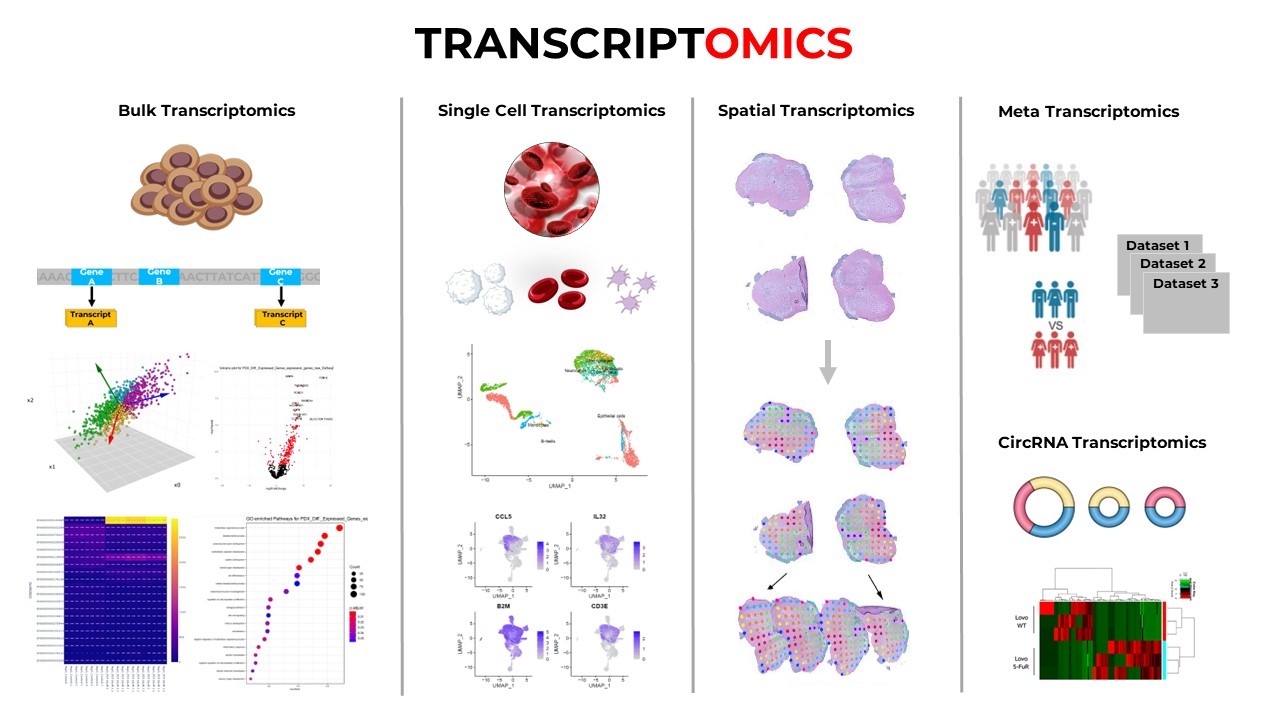
1. SELF ASSESSMENT & SKILL BUILDING:
- Evaluate
Yourself: Before diving in, take stock of your current skillset.
Identify areas for improvement, particularly in programming, statistics,
and data analysis. These are crucial for manipulating and
interpreting the vast amount of data bioinformatics deals with.
- Build
a Strong Foundation: Familiarize yourself with the fundamental
concepts in biology, genetics, and computer science.
This trinity of knowledge forms the bedrock of bioinformatics, allowing
you to understand the biological context of the data and leverage
computational tools effectively.
Yourself: Before diving in, take stock of your current skillset.
Identify areas for improvement, particularly in programming, statistics,
and data analysis. These are crucial for manipulating and
interpreting the vast amount of data bioinformatics deals with.
a Strong Foundation: Familiarize yourself with the fundamental
concepts in biology, genetics, and computer science.
This trinity of knowledge forms the bedrock of bioinformatics, allowing
you to understand the biological context of the data and leverage
computational tools effectively.
2. GAINING PRACTICAL EXPERIENCE:
- Hands-on
Learning: Theory is essential, but practical experience is invaluable.
Look for opportunities to engage in online bioinformatics projects or
internships. This allows you to apply your knowledge, build a
portfolio showcasing your skills, and gain valuable insights into the
field.
- Networking:
Building connections with professionals in the field is crucial. Attend online
forums, conferences, and workshops to expand your knowledge, learn
from experienced individuals, and potentially discover job opportunities.
3. CONTINUOUS LEARNING & SKILL ENHANCEMENT
- Formal
Education (Optional): While not mandatory for entry-level positions,
pursuing online courses or certifications in bioinformatics can
significantly enhance your skillset and add credibility to your profile.
This can be particularly beneficial if you're aiming for more advanced
roles.
4. ESSENTIAL TOPICS FOR TRANSITIONING TO BIOINFORMATICS
Chart your path to a bioinformatics career with these key
topics: from biological foundations to the forefront of machine learning.
Embark on your data-driven biology adventure today!
- Programming
Languages: Learn Python and R, the workhorses of
bioinformatics for data analysis, manipulation, and visualization. Several
online resources offer tutorials and courses specifically targeted towards
bioinformatics applications.
- Statistics
and Data Analysis: Develop proficiency in statistical methods and data
analysis techniques such as hypothesis testing, regression
analysis, and clustering. This equips you to interpret the
complex biological data generated in bioinformatics experiments.
- Bioinformatics
Tools and Databases: Familiarize yourself with popular tools and
databases like BLAST, NCBI (National Center for Biotechnology
Information), and UniProt. These resources are essential for
retrieving, analyzing, and managing biological data.
- Genomics
and Sequencing Technologies: Gain a basic understanding of genomics,
the study of genes and genomes, and next-generation sequencing
technologies used to analyze DNA and RNA sequences at a massive scale.
- Machine
Learning and Artificial Intelligence: While not essential for
beginners, exploring the applications of machine learning (ML) and artificial
intelligence (AI) in bioinformatics can provide a competitive edge in
the long run. These advanced techniques are increasingly used for complex
data analysis and prediction in various bioinformatics domains.







